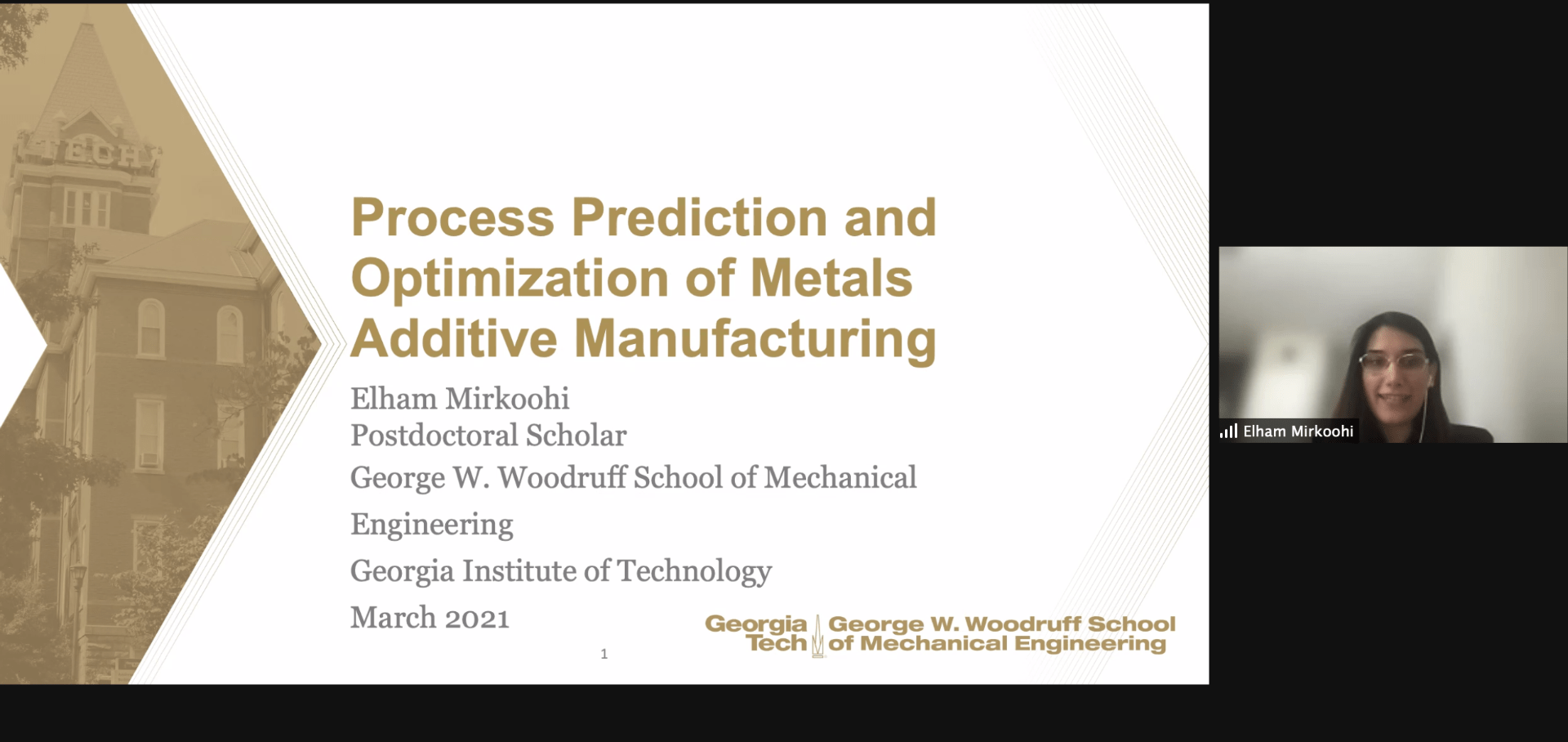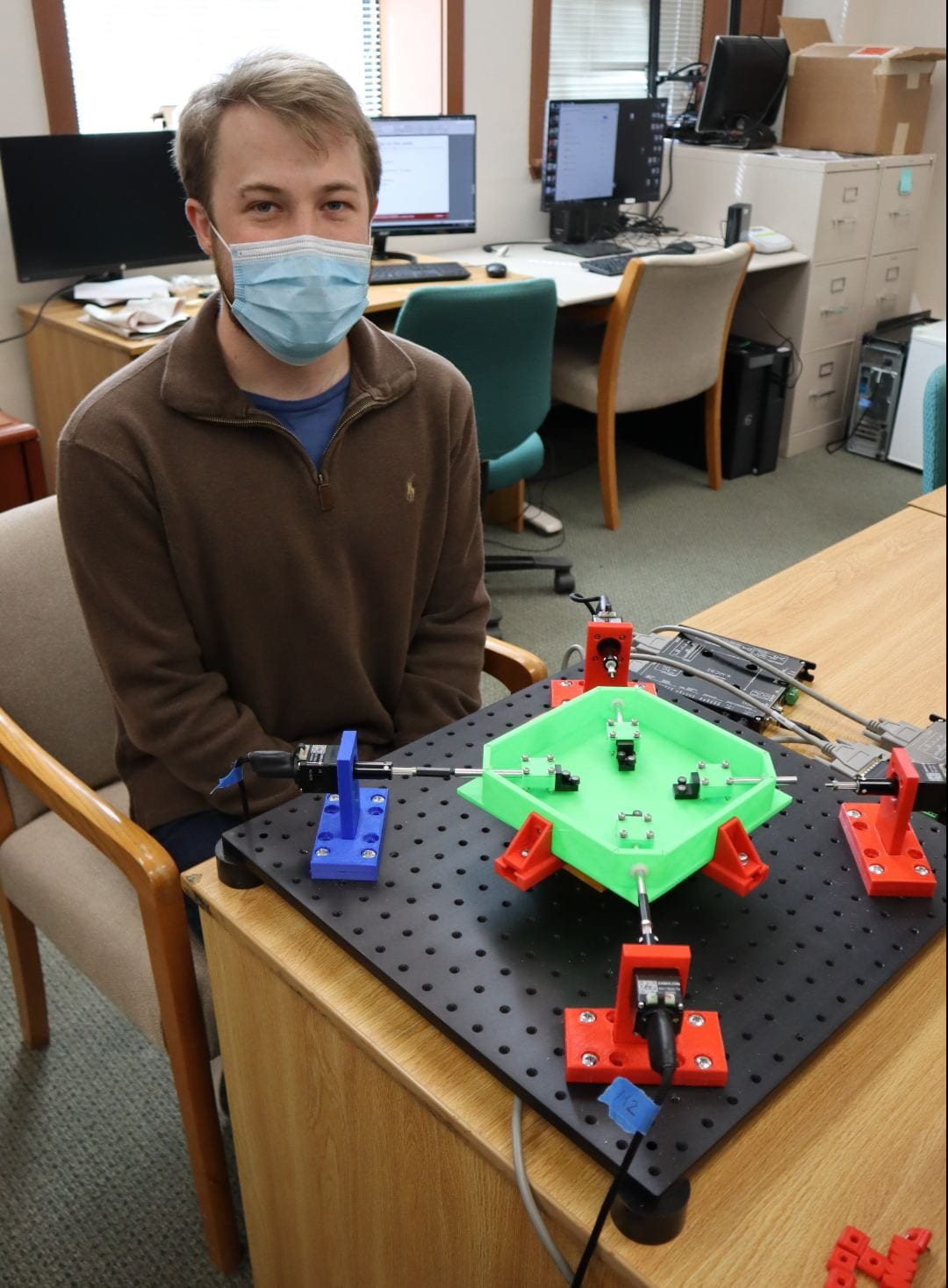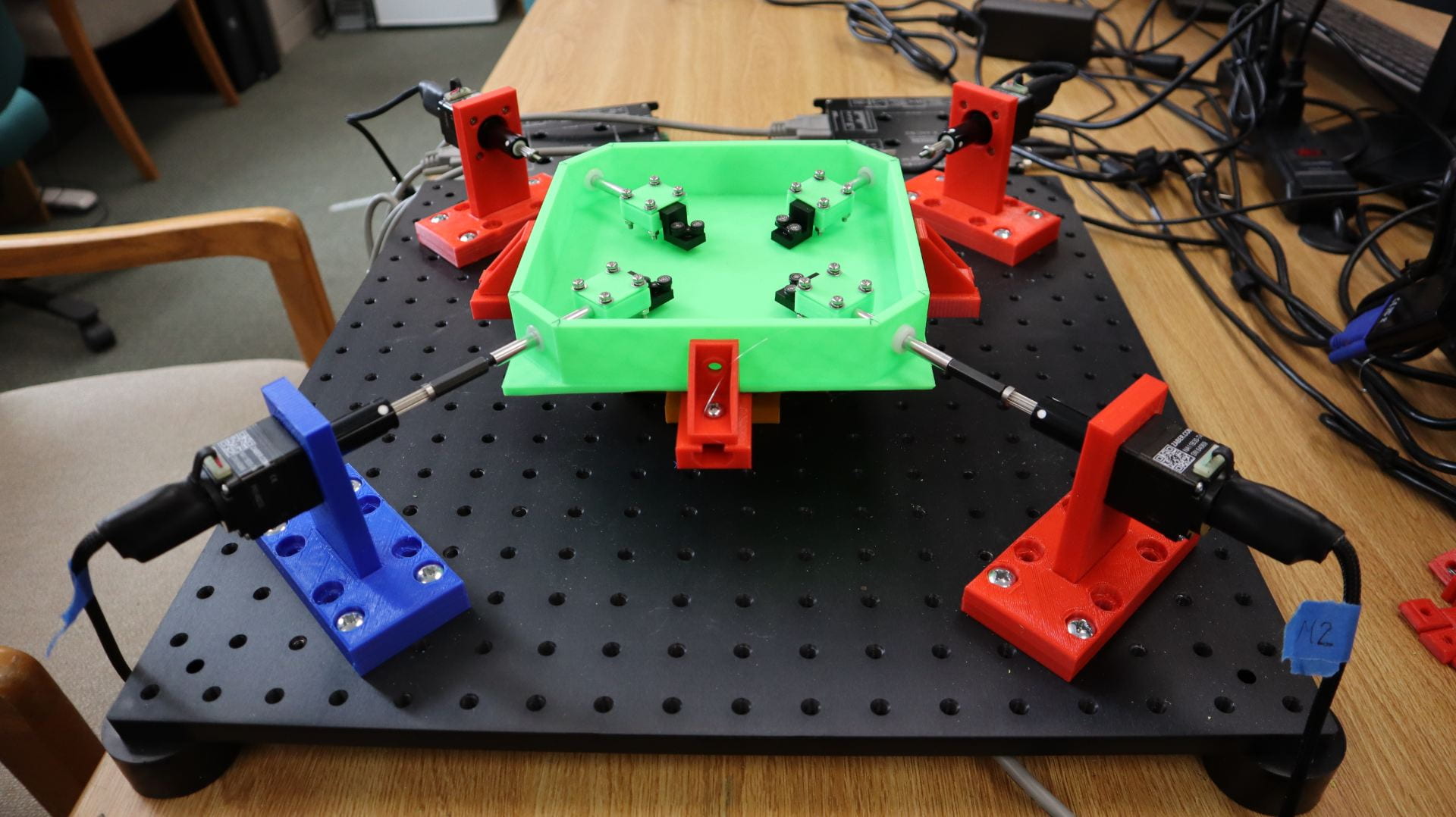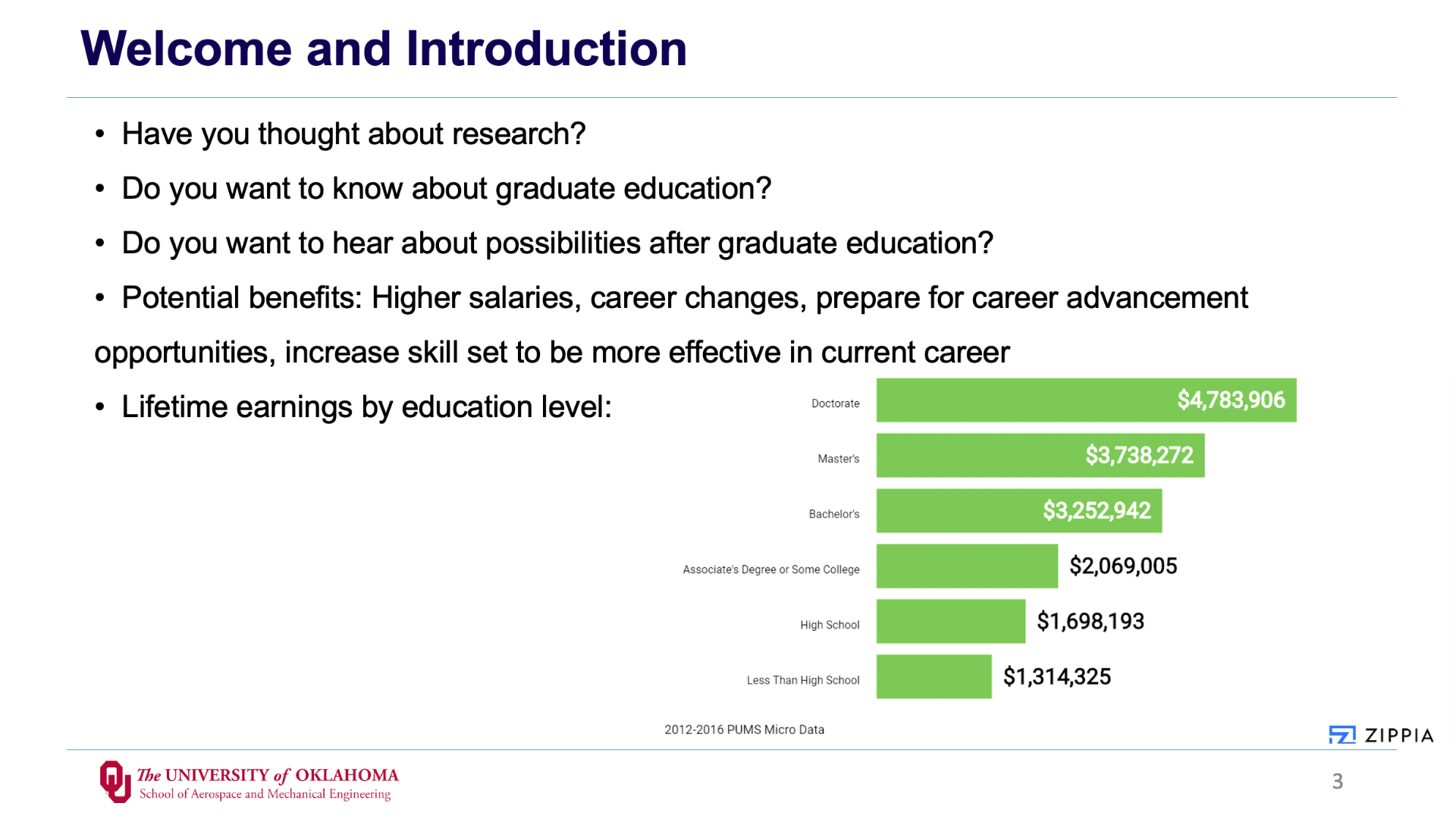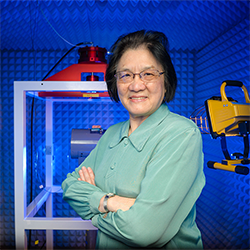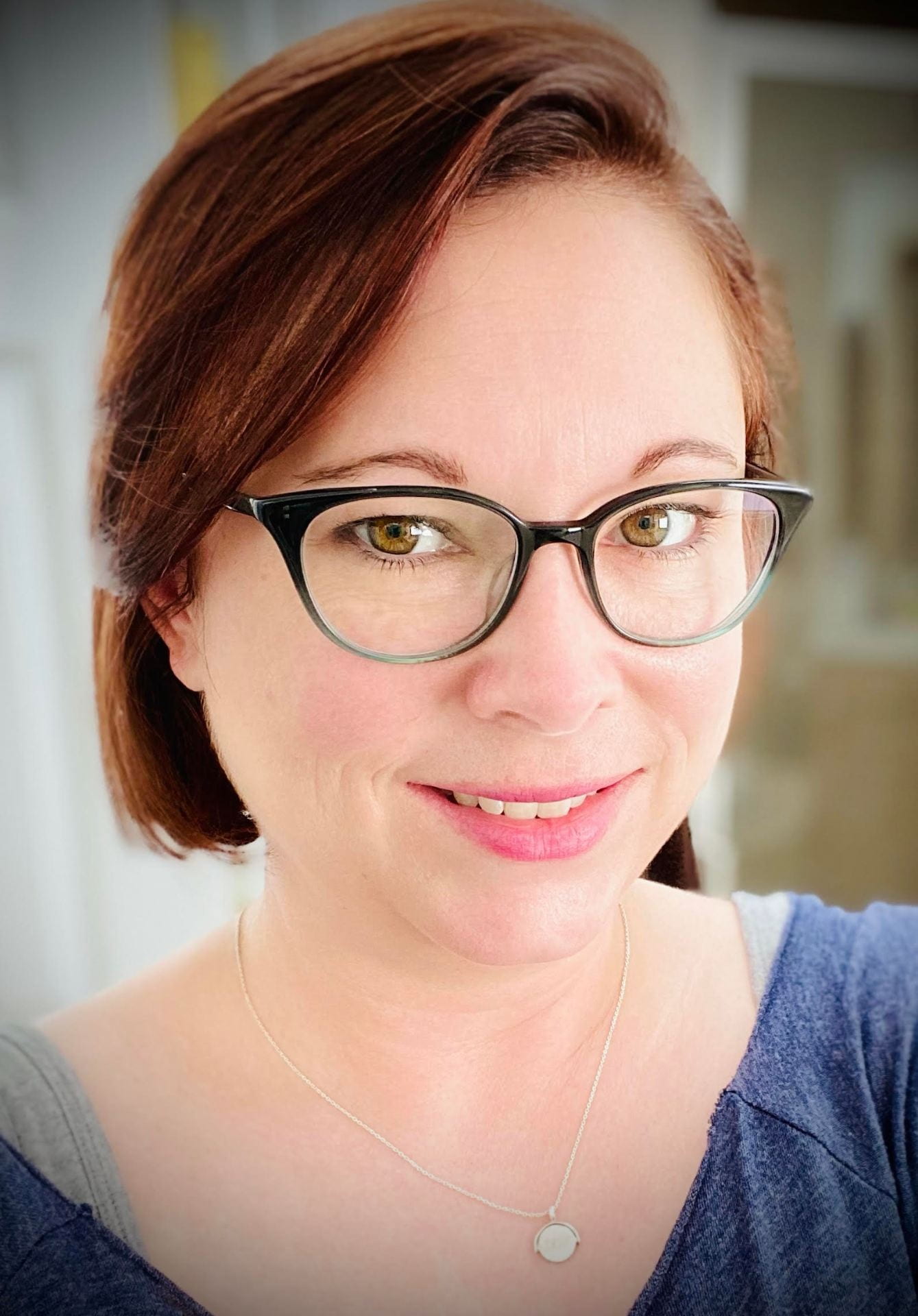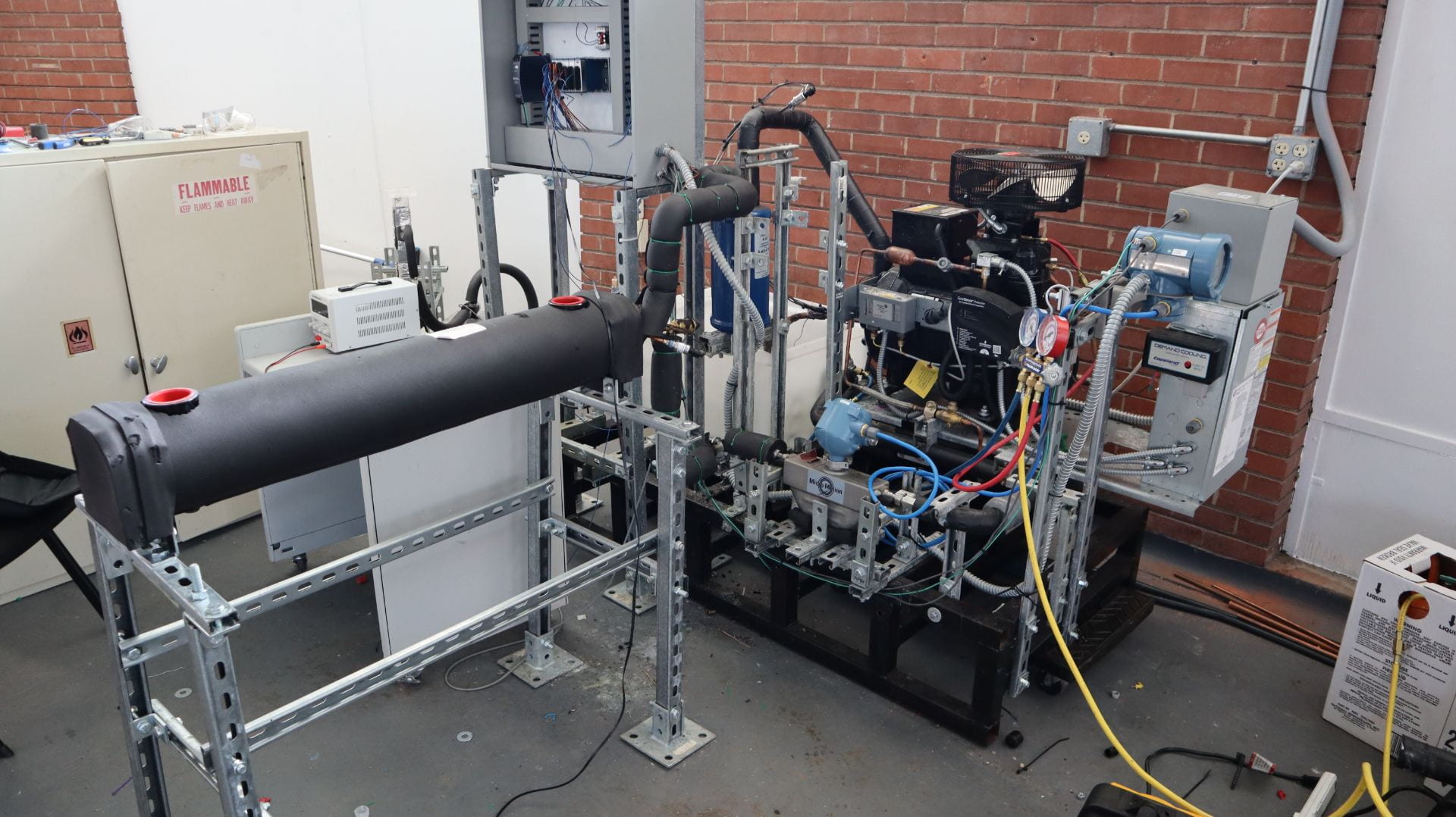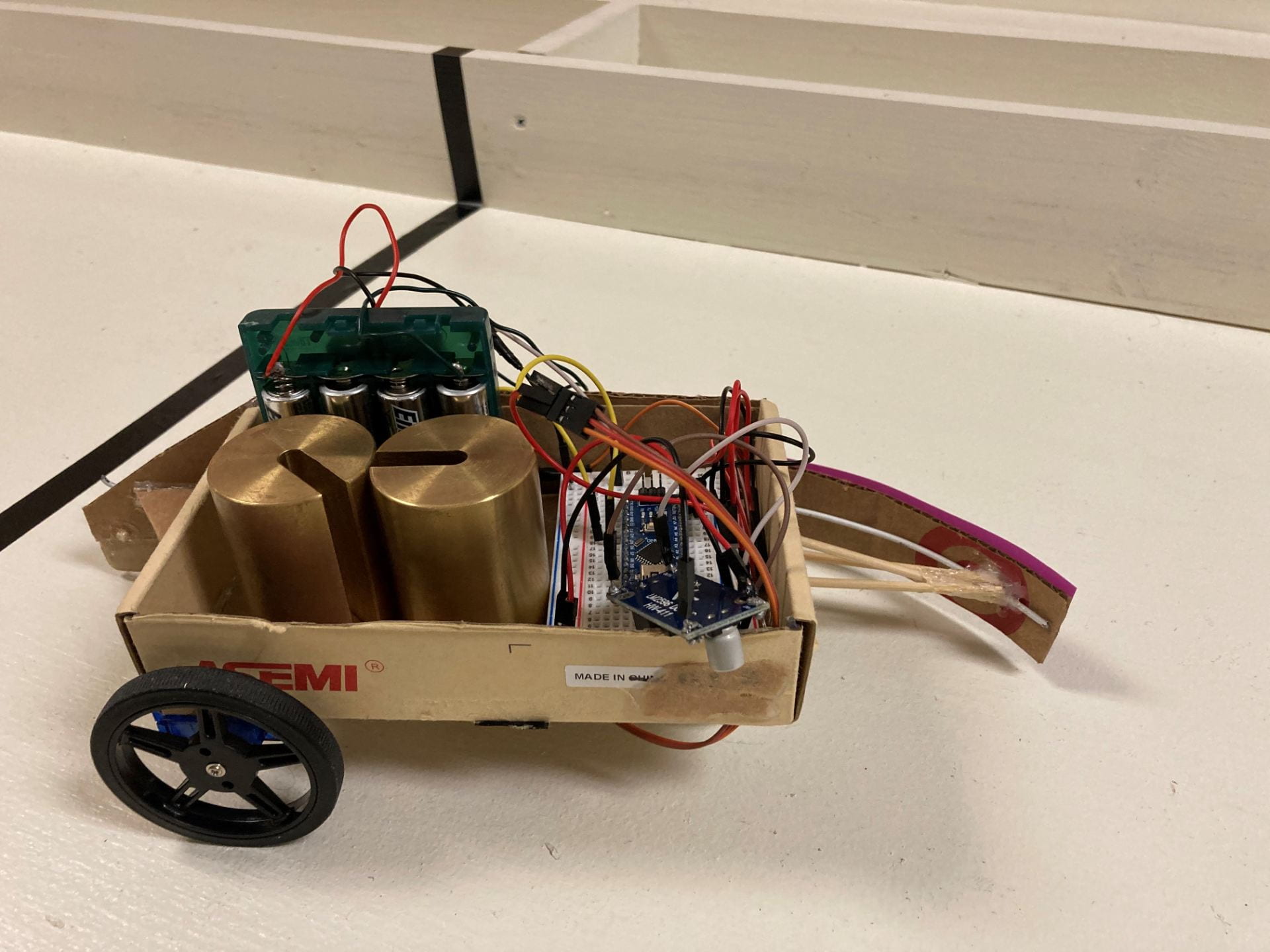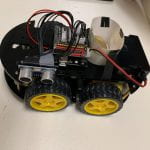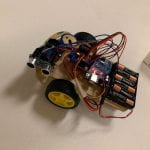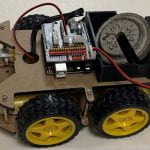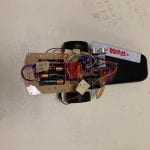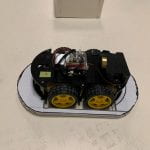On March 5, Dr. Elham Mikoohi gave a presentation on, “Process Prediction and Optimization of Metals Additive Manufacturing.” Dr. Mikoohi is a postdoctoral scholar research associate in the Department of Mechanical Engineering at Georgia Institute of Technology.
Abstract: In the past few years, the second wave of digital manufacturing – additive manufacturing– has received a technological breakthrough. Although additive manufacturing has the potential to revolutionize the way products are produced, the process prediction and optimization of additive manufacturing have not yet been in a place where the parts can be manufactured with high quality and performance, and it currently involves lots of trial and errors which would take months or even years to come up with the desired part performance with millions of dollars investments. To break through the technology bottlenecks, accurate and high computationally efficient frameworks are required to simulate the multi-physics aspects of additive manufacturing processes. In this seminar, Dr. Mirkoohi will present her research efforts focused on the development of low-cost physics-based computational framework to predict the key additive manufacturing attributes including temperature field, thermal stress distribution, residual stress distribution, and the microstructural evolution to be derived as explicit functions of the metal powder starting properties and additive manufacturing process parameters. She will show how these physics-based computational models can cooperatively work together in a small fraction of the time needed for finite element simulation or full-physics simulation. In addition, she will present a combined physics-based machine learning platform that is developed to assess the process maps to guide the process parameters in achieving desired part performance.
Bio: Elham Mirkoohi is a postdoctoral scholar research associate in the Department of Mechanical Engineering at Georgia Institute of Technology, working with Professor Surya Kalidindi and Professor Aaron Stebner. She is also the executive coordinator of Novelis Innovation Hub at Georgia Institute of Technology. She received her Ph.D. in mechanical engineering from Georgia Institute of Technology, where she was advised by Professor Steven Liang and Professor Hamid Garmestani, and B.Sc. and M.Sc. from University of Tehran and Oregon State University, respectively. Elham worked at Tesla Motors and the Boeing Company as a research intern and research assistant, respectively. Elham Mirkoohi’s convergence research spans mechanical engineering, materials science and engineering, and computer science. Her cross-disciplinary research focuses on modeling, monitoring, control, and optimization of precision manufacturing. She has authored more than 25 Journal and conference papers in top-ranked Journals and conferences in the field of advanced manufacturing. She also serves as a program committee of several conferences and as a reviewer for more than 15 Journals and conferences in her field.
